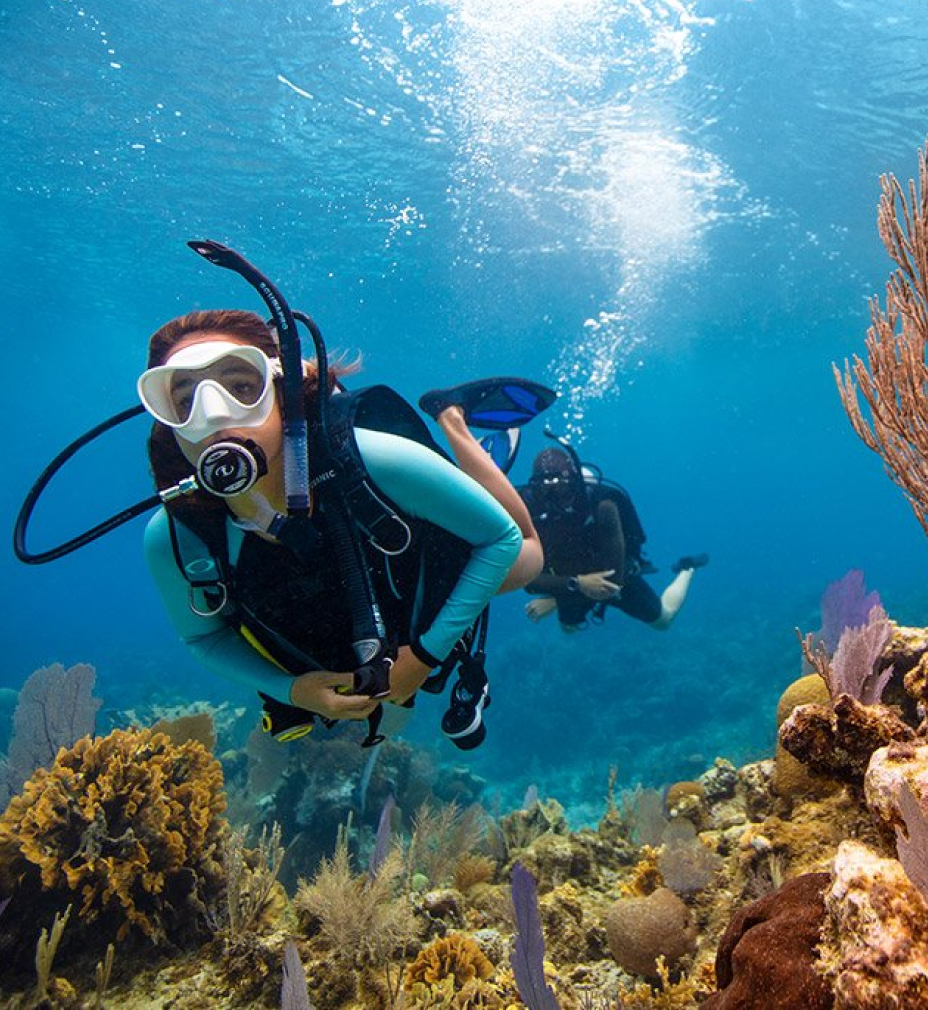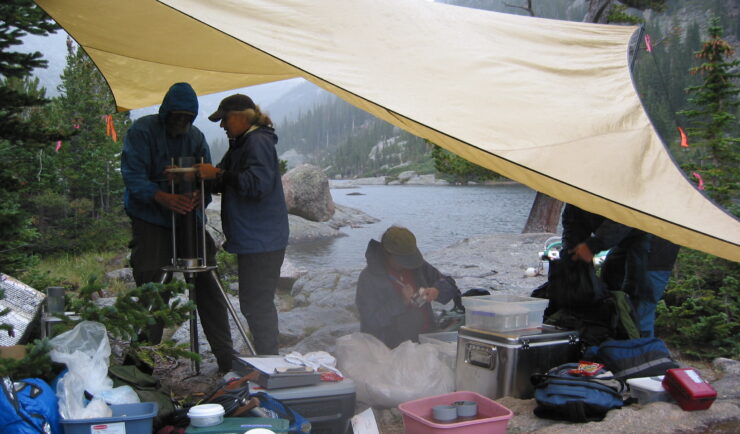Ecologically Sound Offshore Wind Development
CSS helps set the standards for suitability modeling for offshore wind development, and assists in meeting regulatory standards for environmental resource protection.

The Issue: Pursuing the potential to harness offshore wind and deliver clean energy is a national priority as wind energy off the US coasts promises a steady source of power. Key to the success of offshore wind development is understanding the complexity of the ocean environment, it’s many uses, and having the knowledge to determine what areas of the ocean are most suitable for harnessing and transporting wind energy prior to investing substantial funds into supporting infrastructure.
The Solution: CSS delivers cutting edge spatial intelligence to support renewable energy siting by curating and synthesizing hundreds of complex oceanographic data layers, as well as data related to fisheries, protected species, shipping, and other natural and man-made resources. CSS develops geospatial models to analyze these data and deliver comprehensive maps and reports characterizing the suitability of ocean areas for renewable energy siting.
CSS Innovations and Contributions: CSS supports a diversity of requirements for wind energy research, assessment, and development. We support efforts to assess and minimize the impacts of offshore wind activities on endangered or threatened species, marine mammals, fisheries, marine habitats, the fishing industry, and related coastal communities. We have prepared documentation to meet regulatory requirements under the National Environmental Policy Act (NEPA), Endangered Species Act (ESA), and Magnuson-Stevens Fishery Conservation and Management Act (MSA).
Key Technical Services
- Marine statistical and spatial ecology
- Biogeographic and ecological assessments
- Socio-economic studies including impacts from offshore wind development
- Habitat characterization and seafloor mapping
- Essential fish habitat surveys
- Species-habitat use models
- Developing Agency reports, GIS data packages, web maps, and related products and web-based data visualization tools
- Regulatory documentation for NEPA, ESA, and MSA
Examples of CSS Contributions include:
- Predictive Modeling/Spatial Planning, NY Bight
- Seafloor Substrate Mapping and Model Validation of Offshore Wind Sites
- Social Values Relative to Wind Energy
- Regulatory Documentation Development
- Biogeographic Assessment of the Main Hawaiian Islands (MHI) Wind Energy Area Siting Analysis for the Gulf of Mexico Call Area
Additional Projects

Analysis for Coastal Operational Resiliency
CSS assisted with planning and executing a demonstration of three decontamination technologies on a USCG vessel contaminated with a benign surrogate for anthrax.

Cleaning Up the National Anthrax Attack
Challenge CSS working alongside of the U. S. Centers for Disease Control characterized the extent of building contamination and subsequently determined that the entire 100,000 foot building and contents would need to be decontaminated. A novel method needed to be developed and implemented for cleaning the massive number of mail pouches, packages and artifacts destined…

Pacific Ecological Services Division Project (PESD)
Since 1996 CSS has conducted field and lab-based research in support of the Pacific Ecological Services Division Project

Get in touch
Contact us to learn more about our projects, capabilities, solutions, and service offerings.







